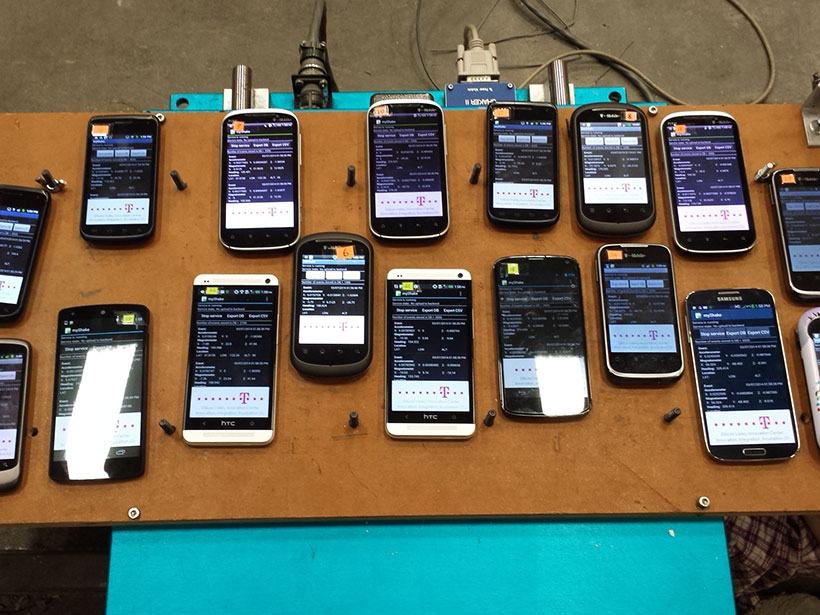The seismologists of the world want to turn you into an earthquake detector.
E. Deatrick
Elizabeth Deatrick, a science-writing intern at AGU, graduated in 2015 from Boston University with an MS in Science Journalism. She has also interned with the National Audubon Society. Elizabeth writes mostly about geophysics, ecology, and biology.
Posted inNews
Icy Clouds May Counter Climate Warming Less Than Expected
A new analysis of cloud composition and behavior suggests that scientists have overestimated the ability of a type of mixed-phase ice-and-water cloud to mitigate climate change effects.


